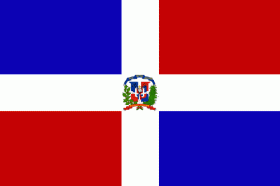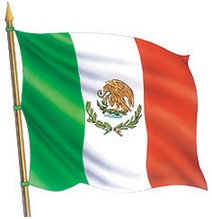Imagine relaxing in a café, chatting in Spanish over a drink and some nibbles on a warm, sunny day.
Does this sound like something that only happens on holiday in Spain, Spanish Caribbean , Central America or Mexico…….?
Not any more.
 At Language Cafe* we meet in cafes and bars around Toronto and chat in Spanish. We have groups with different levels of fluency in all our cafes so you can join a Spanish conversation group at your level – and each group has a fluent tutor to make sure you get what you want out of each session with us.
At Language Cafe* we meet in cafes and bars around Toronto and chat in Spanish. We have groups with different levels of fluency in all our cafes so you can join a Spanish conversation group at your level – and each group has a fluent tutor to make sure you get what you want out of each session with us.
The only thing we can’t provide is the weather – sorry!
We know that it can be difficult to commit to a set time every week, so if you would like to learn to speak Spanish better, you can drop in to any of our sessions around Toronto, whenever it is convenient for you.
 Conversation
Conversation
We focus on conversation. Not just because we like talking, but also because conversation will improve your listening, your vocabulary, your grammar and your confidence. And as each group will have no more than 6 people, plus a tutor, there will be ample opportunity to learn to speak Spanish better.
As well as improving your Spanish conversation, you’ll learn a bit about the culture of Spanish speaking countries and meet people with similar interests.
Of course, you may already be a fluent speaker and feel that if you don’t use it, you’ll lose it – so come and join a group of fluent speakers.
MEMBERSHIP FEES (effective September 5, 2012) YOUR FIRST TIME IS FREE!
One-Time Session, $10 CDN
- 10-Session Card, $75 (valid 3 months)
- 20-Session Card, $145 (valid 6 months)
- 6-Month Membership $185
- Checks and credit cards not accepted.
Unfortunately these sessions are not suitable for complete beginners. You should be able to say a few sentences before you come to make sure you benefit from Spanish Language Cafe. If you are not sure about your level, please phone us before you come along.
Check our main website http://spanishimmersionlounge.com/ or just contact us @ 647.448.2052